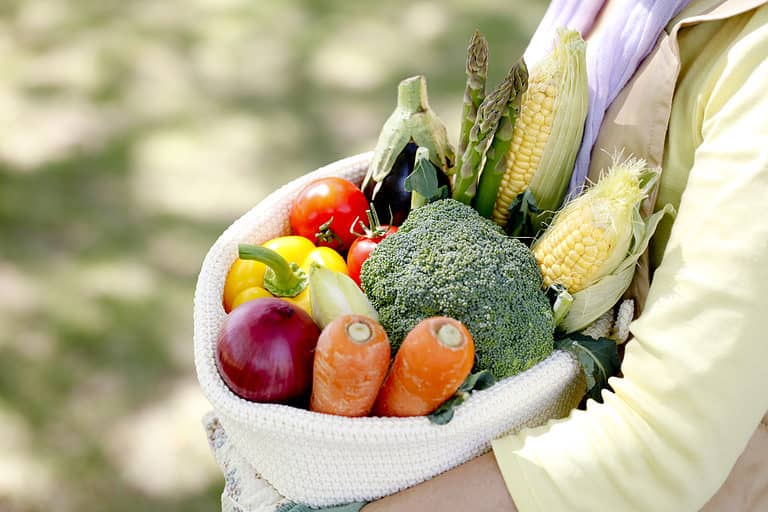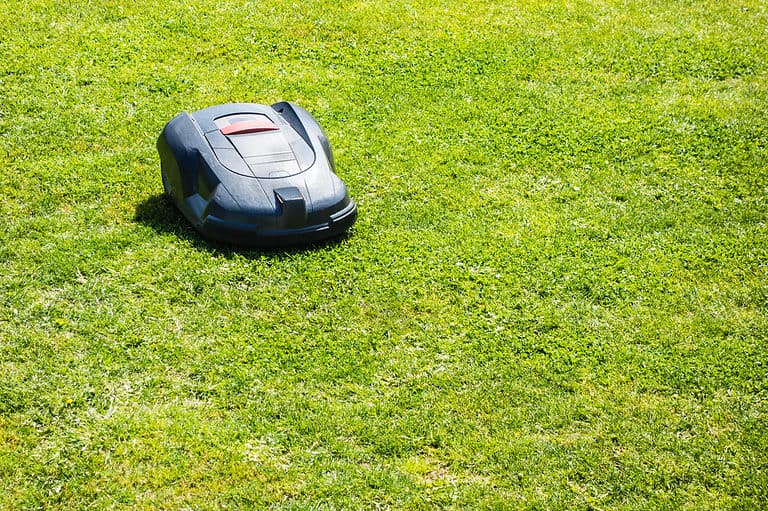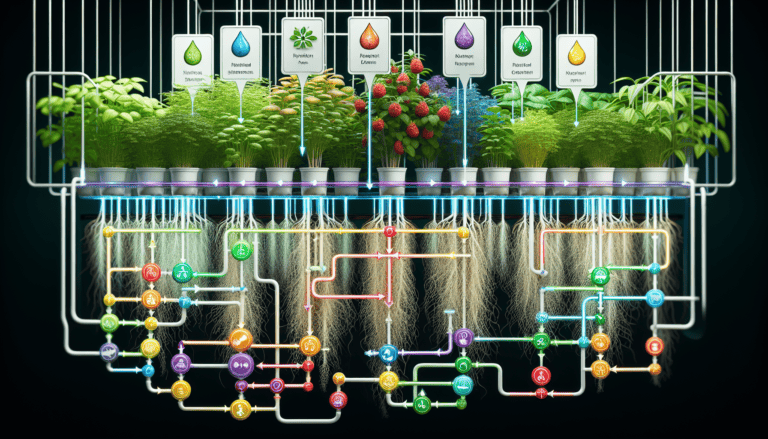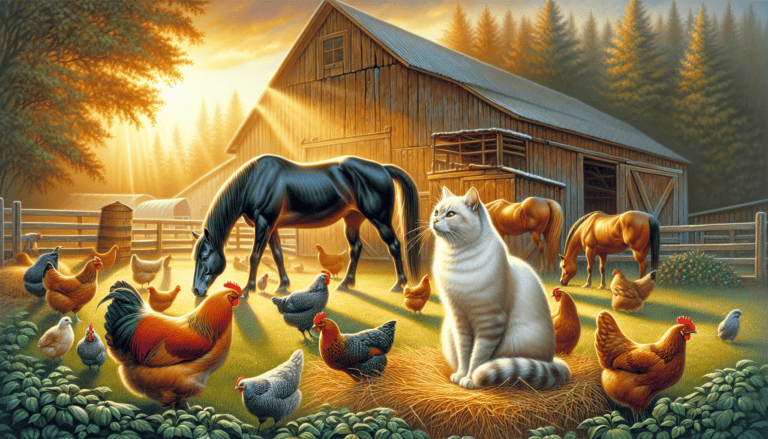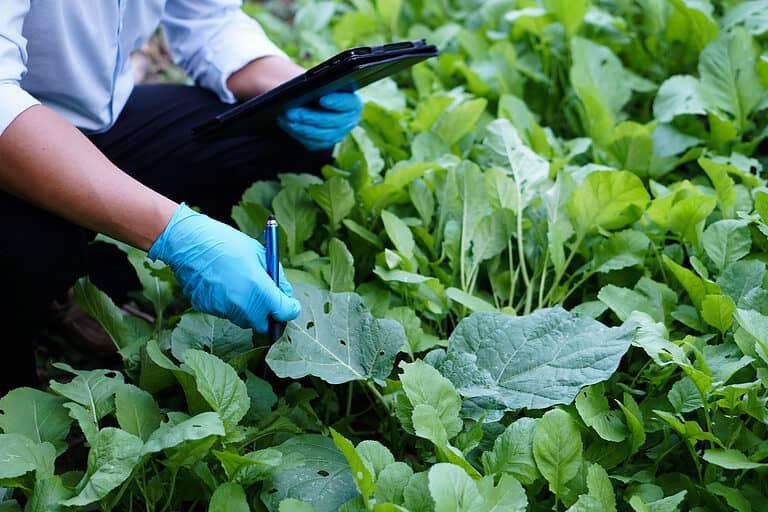How to Protect Your Vegetables from Frost
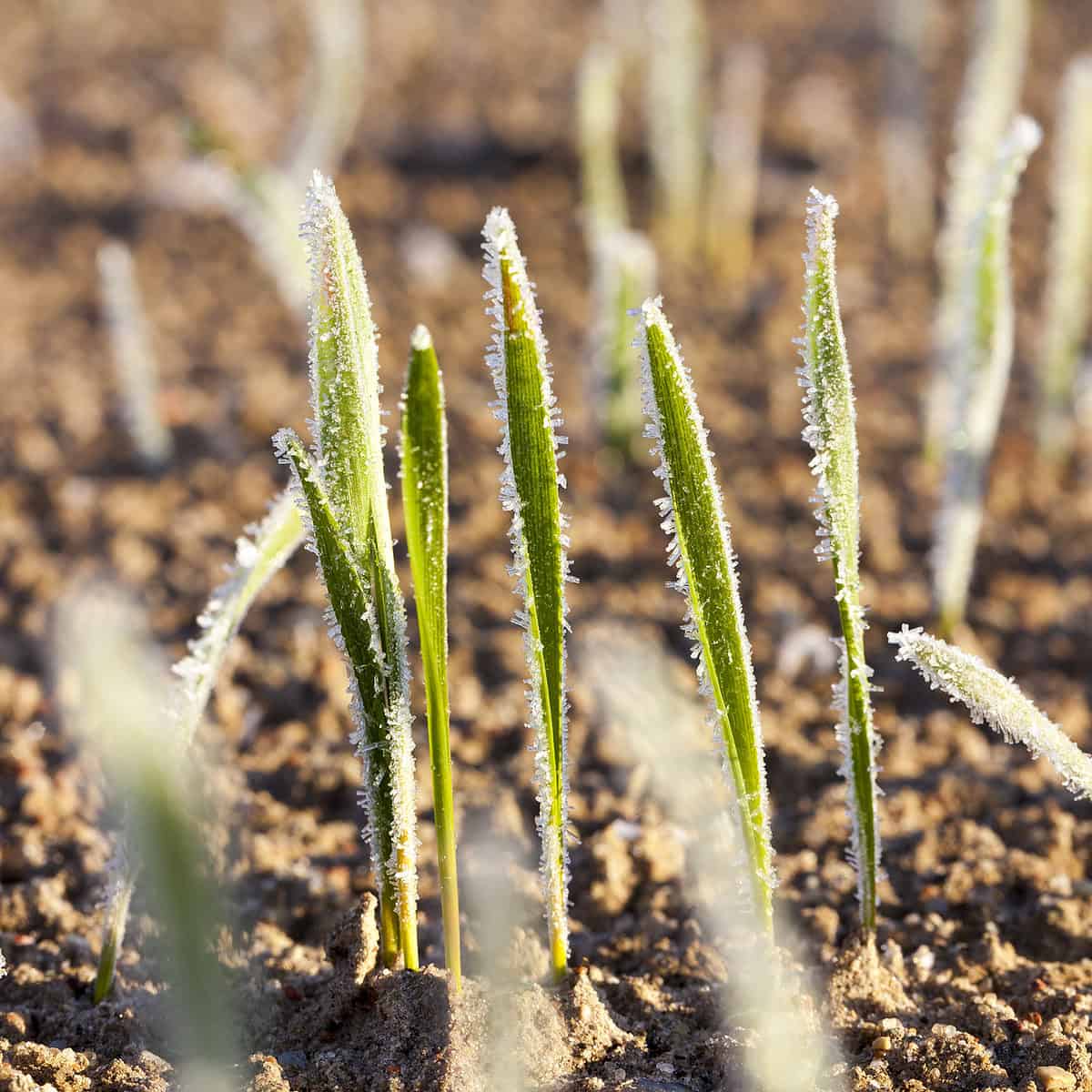
Growing vegetables can be a rewarding and satisfying experience, but it can also be a challenging one, especially if you live in a climate where frost is a common occurrence. Late frost can damage or kill your delicate seedlings, ruining your hard work and leaving you with a disappointing harvest. However, there are several ways on how to protect garden from frost to ensure a successful growing season.
How to Protect Garden From Frost
1. Using Row Covers
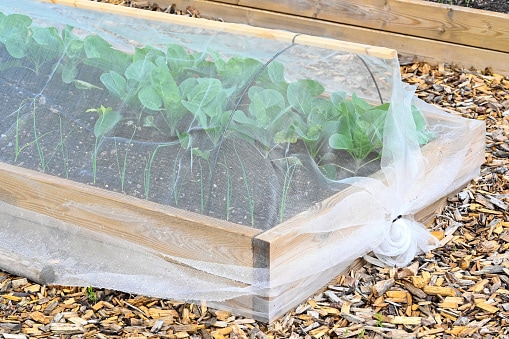
One of the simplest and most effective ways to protect your vegetables from frost is by using row covers. Row covers are lightweight fabric covers that are placed over rows of plants to provide an extra layer of insulation and protection from the elements. They are typically made of spunbonded polyester or other types of lightweight and breathable fabric. They are available in various sizes and thicknesses to suit different types of vegetables and growing conditions.
Row covers helps protect against frost, wind, pests, and other environmental stresses. They can be easily removed when the weather warms up or when the plants are in need of pollination.
2. Using Cold Frames
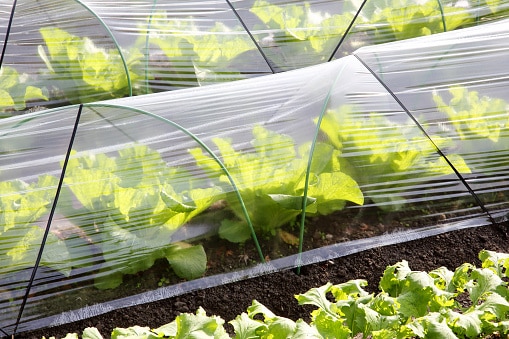
Another effective method on how to protect garden from frost is by using cold frames. Cold frames are small, portable greenhouses that can be placed over rows of plants. These frames provide a microclimate that is warmer and more protected than the surrounding area.
They are typically made of wood or metal frames with a clear plastic or glass cover. You can use cold frames to extend the growing season, protect seedlings from frost, and harden off young plants before transplanting them into the garden. Cold frames are easy to set up and use in a variety of settings. Some of which include small urban gardens, backyard plots, and commercial farms.
3. Choosing Frost-resistant Seed Varieties
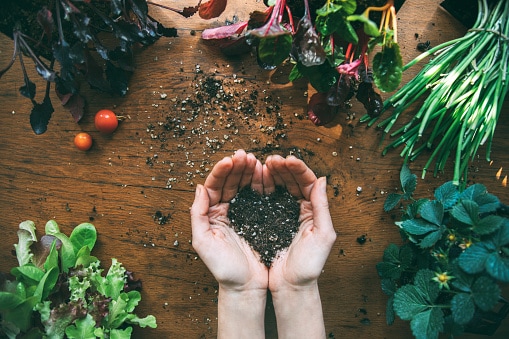
In addition to using row covers and cold frames, there are a few other strategies you can use to protect your vegetables from a late frost. One is to choose frost-resistant varieties of vegetables to plant in your garden.
Vegetables like tomatoes, peppers, and eggplants, are very sensitive to frost. Even a light frost can destroy these veggies. By selecting varieties that are more resistant to frost, you can increase the chances of your plants surviving a late frost and producing a healthy harvest.
4. Planting in the Warmer Parts of Your Garden
Another strategy of how to protect garden from frost is to plant in the right location. Some areas of your garden will be more prone to frost than others. So, it’s important to shelter a spot from the wind, so it receives plenty of sunlight during the day. You can also use natural features, such as trees, walls, or fences, to create a microclimate that is more protected from frost.
5. Use of Protective Facilities
Finally, you can use protective structures, such as walls or windbreaks, to help shield your vegetables from frost. These structures are made of wood, metal, plastic, or other materials. They can help deflect the wind and create a warmer microclimate around your plants. You can also use blankets, tarps, or other materials to cover your plants on frosty nights. Although, be sure to remove them during the day to allow for proper ventilation and sunlight.
Wrapping Up
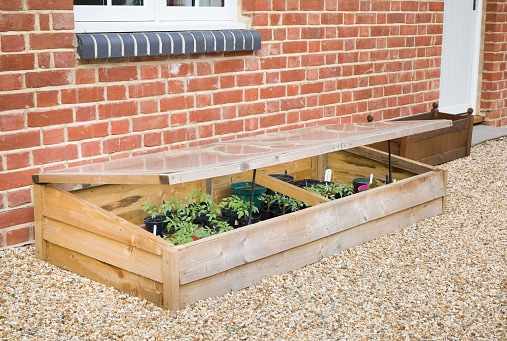
In conclusion, protecting your vegetables from a late frost is an important part of successful vegetable gardening. By using row covers, cold frames, frost-resistant varieties, proper planting location, and protective structures, you can increase the chances of your plants surviving a frost and producing a healthy harvest. With a little bit of planning and preparation, you can enjoy a successful and rewarding vegetable gardening experience, even in a climate where frost is a concern.

